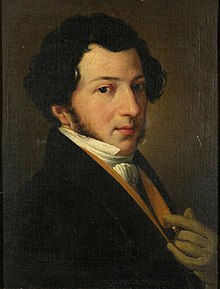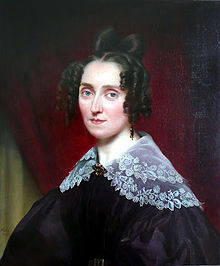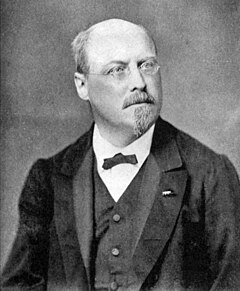
by Kevin T McEneaney
Last Saturday night, the program at Bard College Sosnoff Theater was entitled “An Evening with the Orchestra,” designed to exhibit a couple of the most popular Romantic Overtures alongside two major symphonies no longer in the common orchestral repertoire.
Under the baton of Dr. Le Botstein, the orchestra opened with the most popular Romantic overture, the William Tell Overture (1829) by Gioacchino Rossini (1792-1868), who forged the sensibilities of bel canto opera for the nineteenth century, writing 36 operas over nineteen years (1810-1829). William Tell was a Swiss 14th-century rebel who fought for freedom, a Romantic ideal, and the opera is Rossini’s longest and last opera, and most popular during his lifetime. Like most great music, one must hear it live (rather than relying on recordings). It is often remarked that Rossini composed with lightning speed, preferring to write a new page on occasions when a page slipped off his bed, rather than get out of bed to pick up the page.

The orchestra incarnated that special Rossini lightning to open the concert. Those four and eight-bar rhythmic repetitions rise to a glorious crescendo and satisfying finale with an explosive, incandescent effect, the trumpets, trombones, and timpani leaving a smile on every member of the audience. Symphonie No. 3 in G Minor, Op. 36 (1847) by Louise Farrenc (1804-75, born Jeanne-Louise Dumont) offered a genteel contrast to the Rossini opening as well as a contrast to the music of Berlioz, which was rooted in band and choral music. Farrenc was a long-term piano teacher at the Paris Conservatory while Paris at this time enjoyed the reputation of being the pleasure capital of the world and the leader of sophisticated elegance, the virtues that inhabit the music of Farrenc. While this symphony would not be on the A list of anyone’s ranking, it is an interesting (and neglected in the common repertoire) work.

Amid the sumptuous strings, there is an outstanding pairing of flutes, bassoons, and trumpets. The flutes played by Keith Bonner and Anna Urrey were the beating heart of the symphony, Bonner being the eloquent star of the performance. That should not be a surprise to anyone, since the flute has been the shining star in the history of French music, from the fifteenth century to the present. Of the four traditional movements, my favorite was the more energetic Scherzo which I found most delightful. One of the great joys of Bard SummerScape consists of shining a new light on forgotten or neglected masterworks. This is a work that bears more than one hearing.
The second half of the concert opened with Waverley Overture, Op. 1 (1827) by Hector Berlioz. Heavily influenced by Rossini’s William Tell Overture with rhythmic repletion, the first part acclaiming the joy of romance with upper woodwinds, the second part vigorous patriotic support for freedom, including war with thrilling timpani by David Fein and Sean Staser, principal percussionist and the trombones of Nicole Abissi, Declan Wilcox, and Jeffrey Caswell.

Waverley by Sir Walter Scott was the Romantic novel of the era. Every romantic novel since Waverley repeats in some manner the varied story-telling techniques of Scott. I like to say that if you have read Waverley, then you have read every romantic novel ever written. In this composition, Berlioz expanded the role and number of bassoons and trumpets. Berlioz was a lifelong fan and publicist for the inventions of Adolphe Sax. In the pre-concert lecture by Professor Christopher H. Gibbs, he mentioned that he had heard on the radio a performance of Symphony No. 10 in F Minor, Op. 213, “In Autumn” (1879) by the Swiss composer Joachim Raff, a major German composer of the nineteenth century who influenced Richard Strauss.

The relaxing meter of the opening movement, “Impressions and Feelings” stamps the work as late Romantic lingering with its appreciation of autumnal landscape and mellow sunshine. “Ghost Dance” offers a mood piece that depicts night with imaginary phantom dreams, enhanced with timpani, low clarinets, cello, and bass strings. “Elegy” attempts to console the loss of those we have known and loved soothingly (my favorite movement). “The Hunt” finale was extroverted, robust, and triumphant with horns: this was a paean to the autocratic rule of the upper class, displaying a late stage of Romanticism in a conservative appropriation of popularism.
